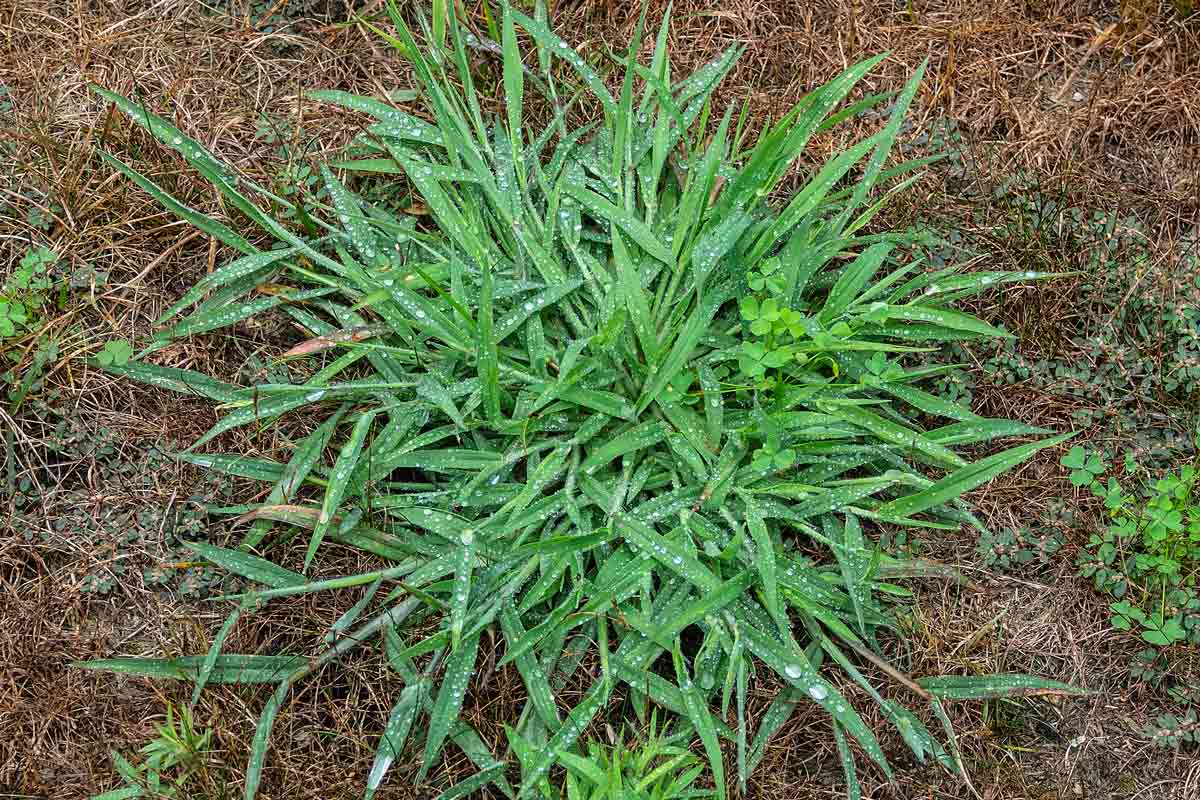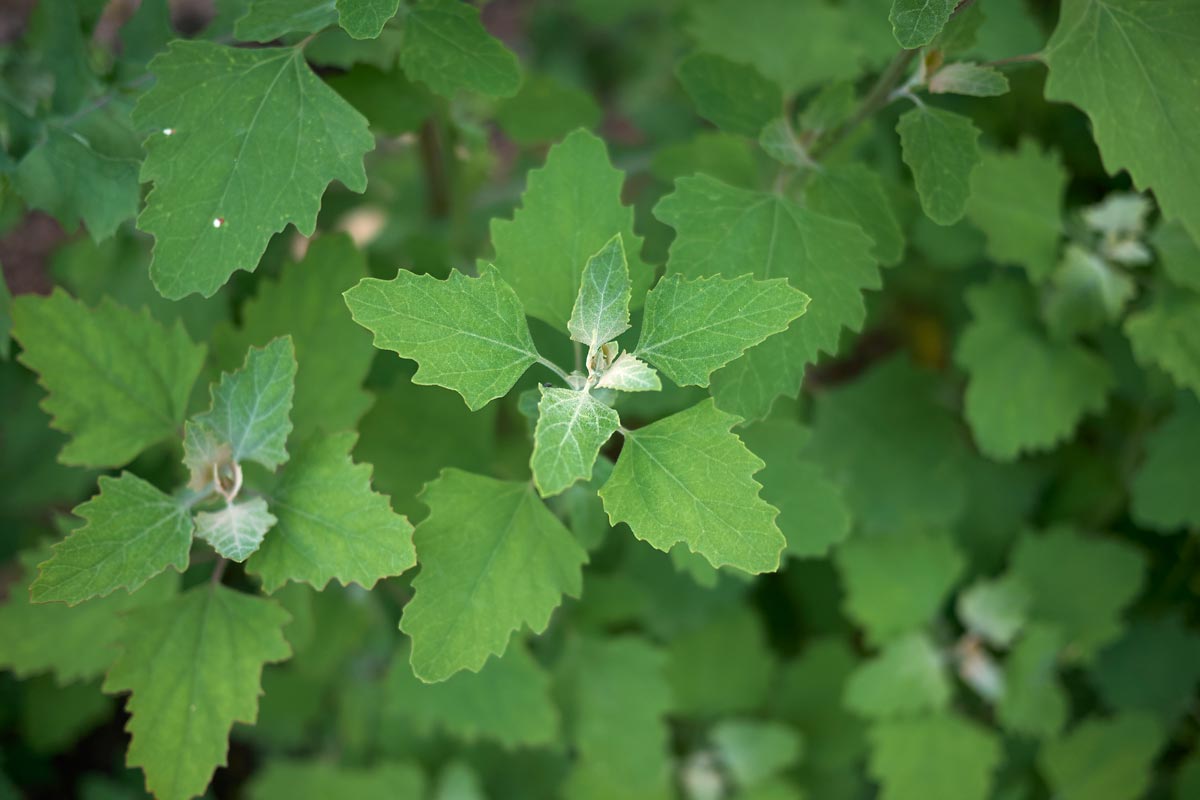How it Works: Preen Garden Weed Preventers
Here's how our Garden Weed Preventers prevent weeds before they even sprout rather than killing them after they’ve already had the chance to grow.
Weeds are early this spring, and they are plentiful! Most of the country has been fortunate to say goodbye to the winter blues and have spring arrive early. In addition, many saw a fairly warm winter with minimal snow cover, resulting in spring weeds arriving earlier than normal. So, what weeds should you be keeping an eye out for this spring? And how do you best combat them?
Early spring is the ideal time to launch a weed prevention program. But it’s never too late, or too early, to start because different types of weeds germinate at different times throughout the growing season: spring, summer and fall. Before doing anything in your garden, it is important to first remove existing weeds to start with a clean slate.
While henbit can be beneficial to farmers with erosion issues, it is not beneficial to everyday gardeners. Henbit is a member of the mint family, and is capable of not only growing in gardens, but by roadsides, cropland, pastures, waste areas, and in lawns. It prefers dry, cultivated soil, and should be pulled from your garden as soon as possible so it doesn’t spread. It has shallow roots which should be easy to pull and should be followed with an application of Preen Garden Weed Preventer to block it from returning.

Henbit iStock / Getty Images Plus
Did you know that common chickweed can produce approximately 800 seeds and it can take up to 8 years to eradicate? This is definitely a weed that you want to stop before it gets started. Chickweed is a weed that will grow easily in gardens with moist, cool soil (hello springtime!). It has shallow roots, so removing it by hoeing or hand-pulling is fairly easy if taken care of at first signs of growth.

Chickweed Stefan Rotter / iStock / Getty Images Plus
When controlling crabgrass, it is important to attack it before it sets seed. The best way to combat crabgrass in your garden is to pull the weeds, put mulch down, and apply Preen. This will ensure that new seeds will not grow back and regerminate.

Crabgrass Maudib / iStock / Getty Images Plus
If you haven’t already applied a weed preventer to your garden, now is the perfect time to do so to ensure purslane won’t show up. This succulent-looking weed commonly shows up in late spring or early summer and reproduces through its tiny black seeds and stem fragments. It enjoys warm weather and fertile, moist soil. If this sounds like your garden, you should apply Preen Garden Weed Preventer now! If you are already seeing purslane sprout, the best way to remove it is by hand weeding.

Purslane yuelan / iStock / Getty Images Plus
Lambsquarters is a fast-growing weed that is commonly found throughout the northern half of the U.S. It gives off seeds that are small and light and can travel by wind. In favorable conditions, this weed can establish itself quickly and spread profusely removing moisture from soil, so it’s important to remove it as soon as possible to avoid it depriving your garden of needed moisture. The best way to dig up lambsquarters in your garden is by using a sharp hoe or digging tool. Once fully removed, make sure to use Preen Garden Weed Preventer in your garden to stop it from coming back.

Lambsquarters seven75 / iStock / Getty Images Plus
You’ve removed all of your garden weeds, how do you prevent them from coming back? Preen Garden Weed Preventer is here to help! Applying Preen early is more important than ever - but, if they’ve already started, it’s not too late. You can apply Preen anytime through the growing season, it just means a bit more work upfront to clear your garden areas of any existing weeds.
Remove all weeds from the area. Preen is not a weed killer, but a weed preventer. So make sure you have a clean slate before application by removing all weeds to the roots.
Mulch the area if you haven’t already. A three-inch layer of mulch helps retain soil moisture and keeps soil temperature even. Mulch also provides an extra weed prevention layer to your garden, assisting Preen in keeping weeds away.
Apply Preen Garden Weed Preventer. Sprinkle Preen on top of mulch, and be sure to apply when your garden is dry so Preen granules won’t stick to wet plant leaves.
